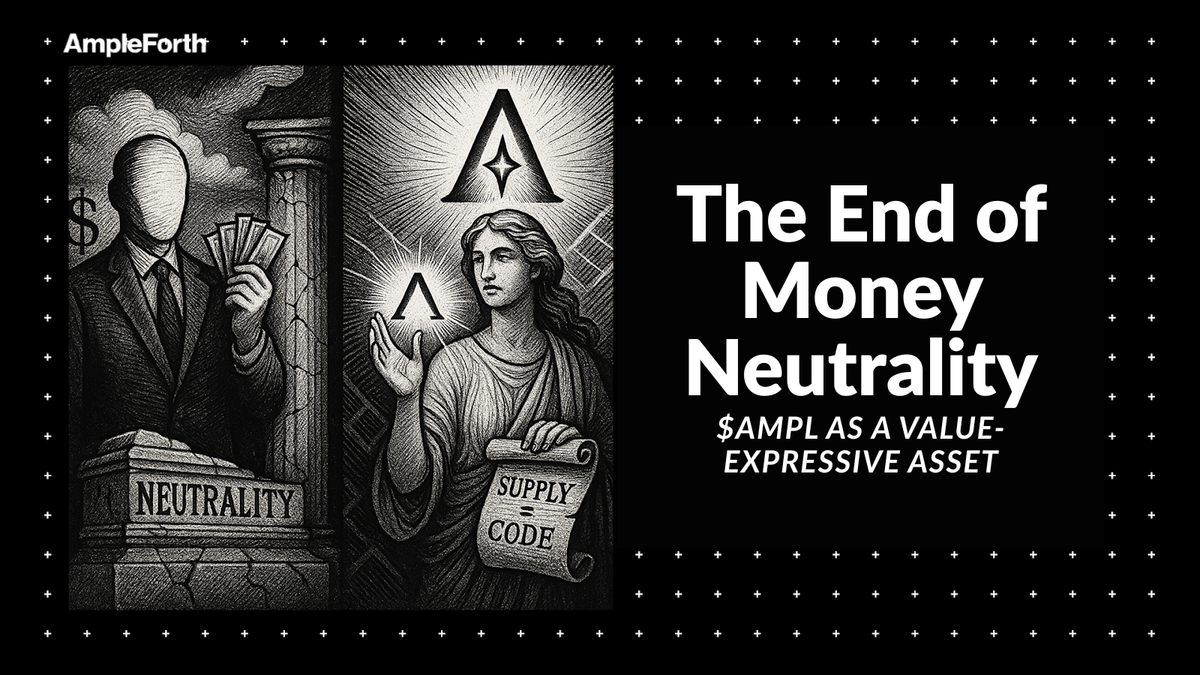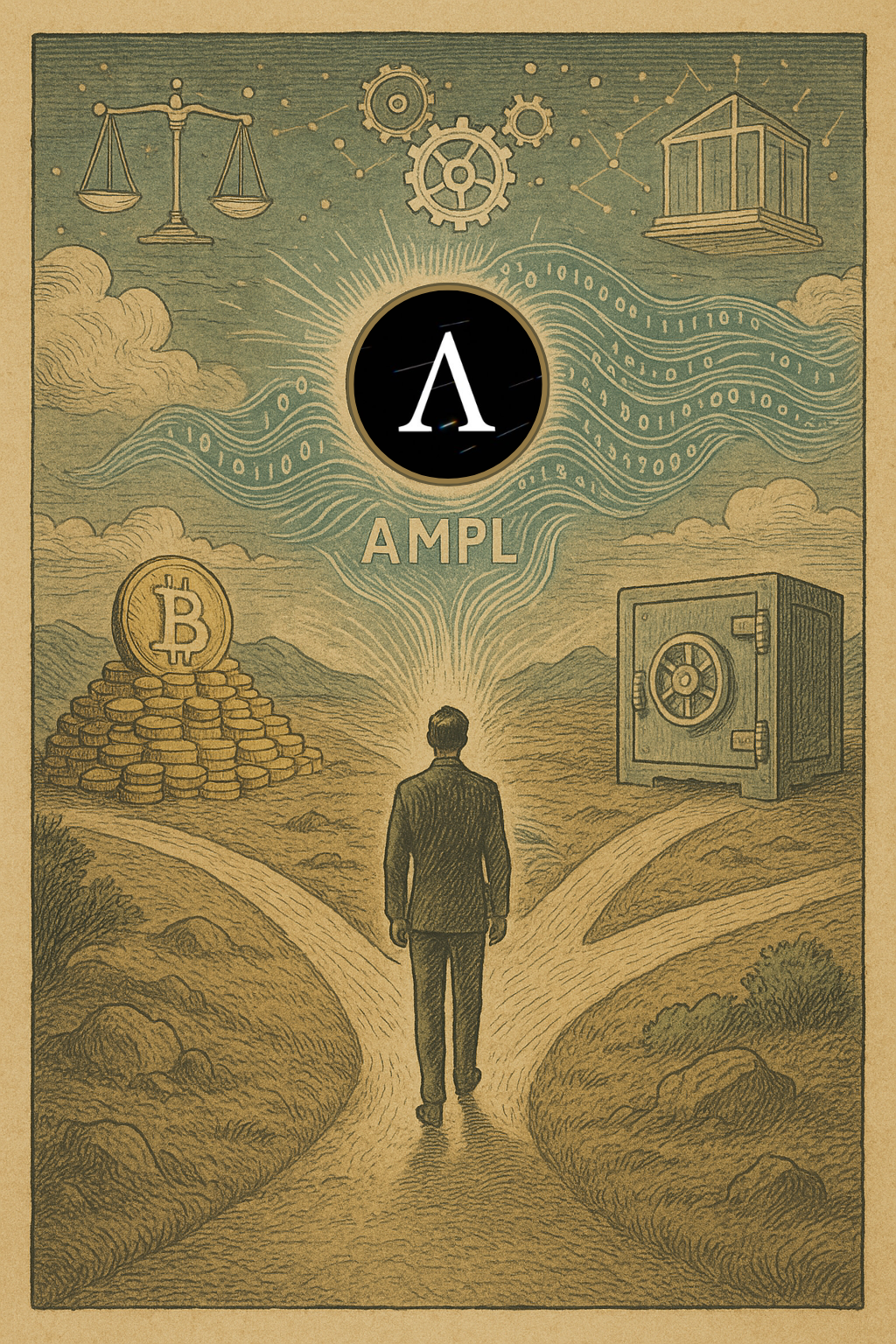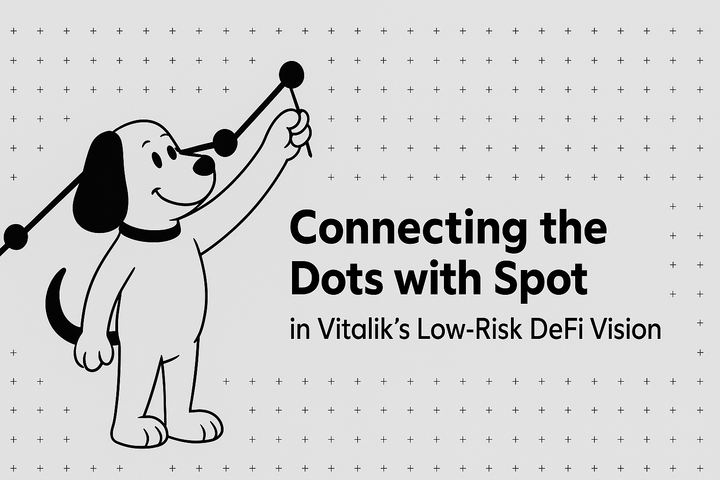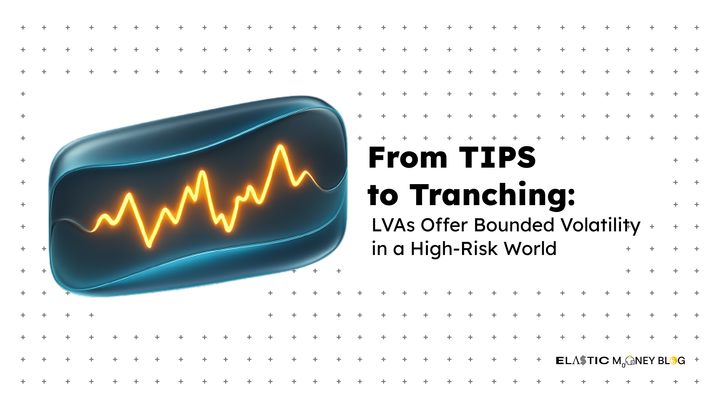The End of Money Neutrality: $AMPL as a Value-Expressive Asset

The Myth of Neutral Money: Why Fiat Fails and AMPL Offers a New Path
For most of modern economic history, money has been seen as neutral, like a market's silent servant. People didn't think of money as a force in and of itself, whether it was in coins, paper notes, or digital balances. According to classical economic theory, what is the neutrality of money? It’s the idea that money serves only as a passive medium of exchange, a ledger for value, and a store of purchasing power—without influencing real economic variables over time.
This view, called the neutrality of money, has been the basis for everything from central banking policies to models for allocating assets for a long time. It means that changes in the amount of money don't have an effect on real economic variables over time. Money just moves through the gears of the economy—without changing their shape.
But in today’s programmable and decentralized world, that assumption is beginning to crack.
The Doctrine's Cracks
The neutrality narrative may have worked in theory, but reality tells a different story. Fiat currencies are deeply political instruments. Interest rate policies, inflation targets, and fiscal agendas change the value of these things. To reach economic goals, governments and central banks often change the amount of money in circulation. This helps some sectors more than others.
Despite the increasing prevalence of such interventions, fiat currencies continue to behave as though they are neutral. Their authority is uncontested, their legitimacy is presumed, and their modifications are regarded as commonplace. Many argue that Bitcoin and other alternatives are too disruptive or ideological because they don't follow the rules.
In truth, no form of money is ever truly neutral. The difference is that fiat pretends to be.

AMPL: An Alternative Theory
Amid this shifting terrain emerges $AMPL. At first glance, it might look like just another digital asset. But it's design is built different. AMPL doesn’t just “do” money differently, it “thinks” differently. It doesn’t ask for legitimacy from traditional financial systems. It creates it's own.
At the core of AMPL lies a radical idea: that supply—not price—should be the volatile variable. Unlike Bitcoin’s fixed supply or stablecoins’ price pegs, AMPL features an elastic supply that adjusts daily. When demand rises, the protocol increases supply. When demand falls, it contracts it. These changes apply uniformly across all wallets, preserving proportional ownership.
AMPL isn’t pegged to fiat. It doesn’t chase the dollar’s stability or seek approval from central institutions. Instead, it attempts to maintain a stable unit of account through algorithmic rebasing - offering a real-world application of the unit of account definition in a decentralized context, without relying on traditional monetary anchors.
A Belief-Based architecture
This design is more than just technical ingenuity, it’s ideological. Every aspect of AMPL’s architecture expresses a belief about what money should be. It believes that:
- Transparency is better than illusion.
- Expansion and contraction should be shared equally, not dictated hierarchically.
- Decentralization is ethical.
- Value should be determined by markets, not policy-makers.
AMPL isn’t trying to hide it’s intent behind a mask of neutrality. Unlike fiat-pegged assets like USDC or DAI, which strive to mirror the dollar’s predictability, AMPL introduces a new kind of logic, one where it’s behavior is driven by math, not decree.
| Principle | $AMPL | Fiat Currency |
|---|---|---|
| Transparency vs. Illusion | Transparent supply rules via smart contracts and on-chain visibility. | Opaque monetary policies, often decided behind closed doors. |
| Shared Expansion & Contraction vs. Hierarchical Control | Supply adjusts algorithmically for all holders equally. | Central banks dictate expansion/contraction benefiting a few first. |
| Decentralization vs. Central Authority | Fully decentralized, no central issuer or custodian. | Issued and controlled by centralized governments and institutions. |
| Market-Driven Value vs. Policy-Maker Control | Price determined by open market dynamics and demand. | Value influenced by interest rates, printing, and political decisions. |
A New Category of Money
Because of this, AMPL doesn’t fit neatly into existing categories. It’s not a stablecoin. It’s not a fixed-supply store of value like Bitcoin. It’s a third thing entirely: a decentralized, dynamic unit of account that uses volatility in supply to achieve relative price stability.
This has profound implications for investors and users alike. Holding AMPL is not a neutral act. It’s a vote for a different monetary future.
In this way, AMPL is value-expressive. To own AMPL is to engage in a conversation about money’s role in society. It is to assert that monetary policy should be transparent, decentralized, and fair.

Moving Past Neutrality and Toward Expression
The notion that money can remain neutral seems antiquated in a world where smart contracts and decentralized networks are increasingly in charge. Money itself becomes expressive, able to represent ideals, beliefs, and future visions as finance becomes programmable.
AMPL stands at the frontier of this shift. It's goal remains un-compromised. It embraces it. It turns money from a passive object into an active statement.
The neutrality illusion is fading. What replaces it won’t be colorless or silent. It will be bold, intentional, and open-source.




